The BRAWL² Tournament Challenge has been announced!
It starts May 12, and ends Oct 17. Let's see what you got!
https://polycount.com/discussion/237047/the-brawl²-tournament
It starts May 12, and ends Oct 17. Let's see what you got!
https://polycount.com/discussion/237047/the-brawl²-tournament
Lighting portfolio | work from Ryse
Hey!
A new guy here.
Though it has been quite a while I thought I'd share my lighting work from Ryse: Son of Rome. I worked on the first and last mission and their cinematics.
Also huge kudos to all the people that made it happen, I know there are quite a few of them around here
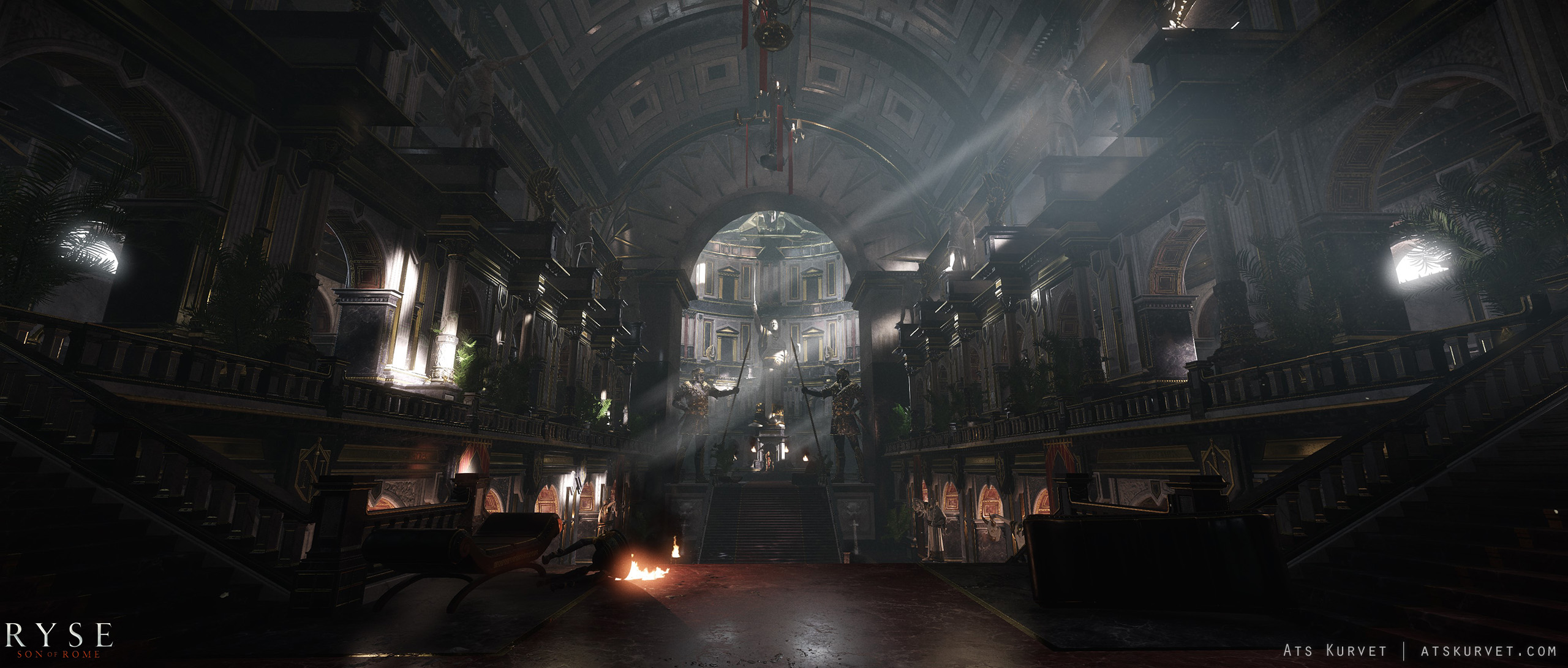
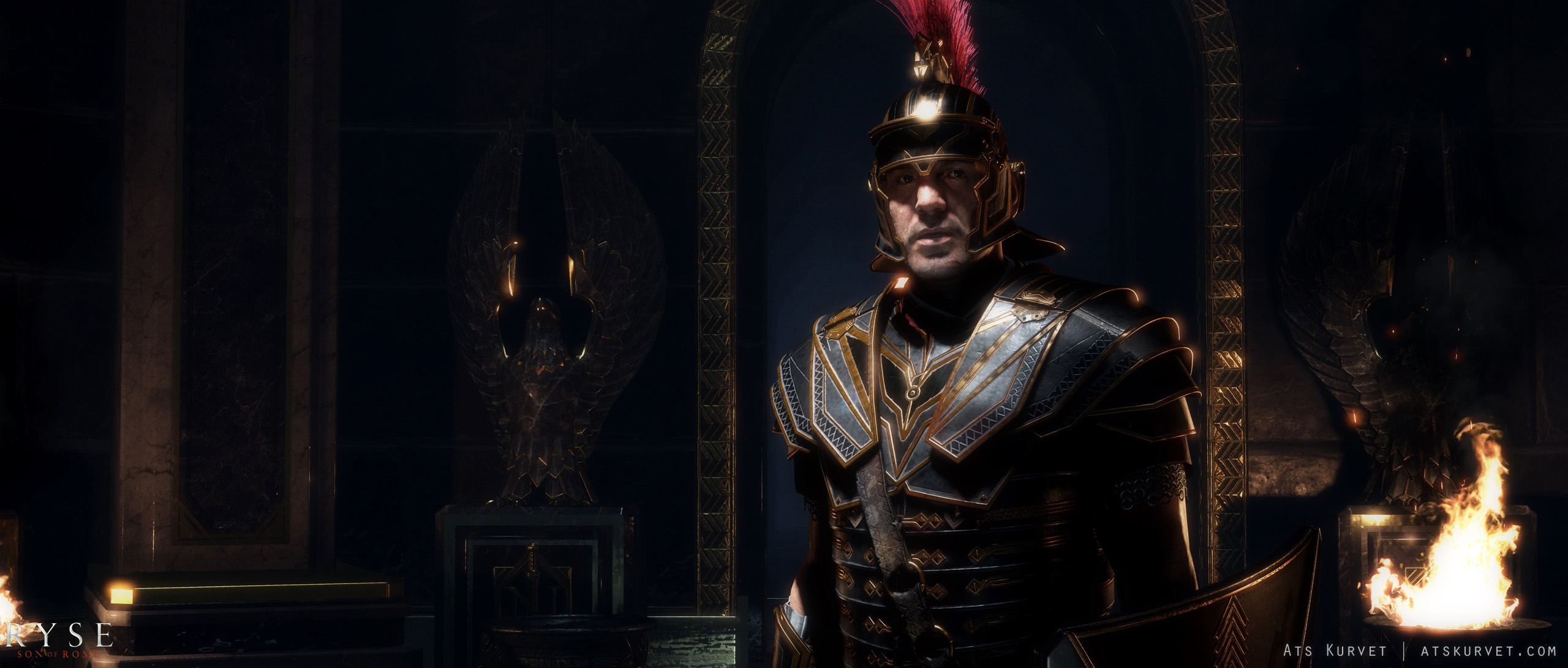
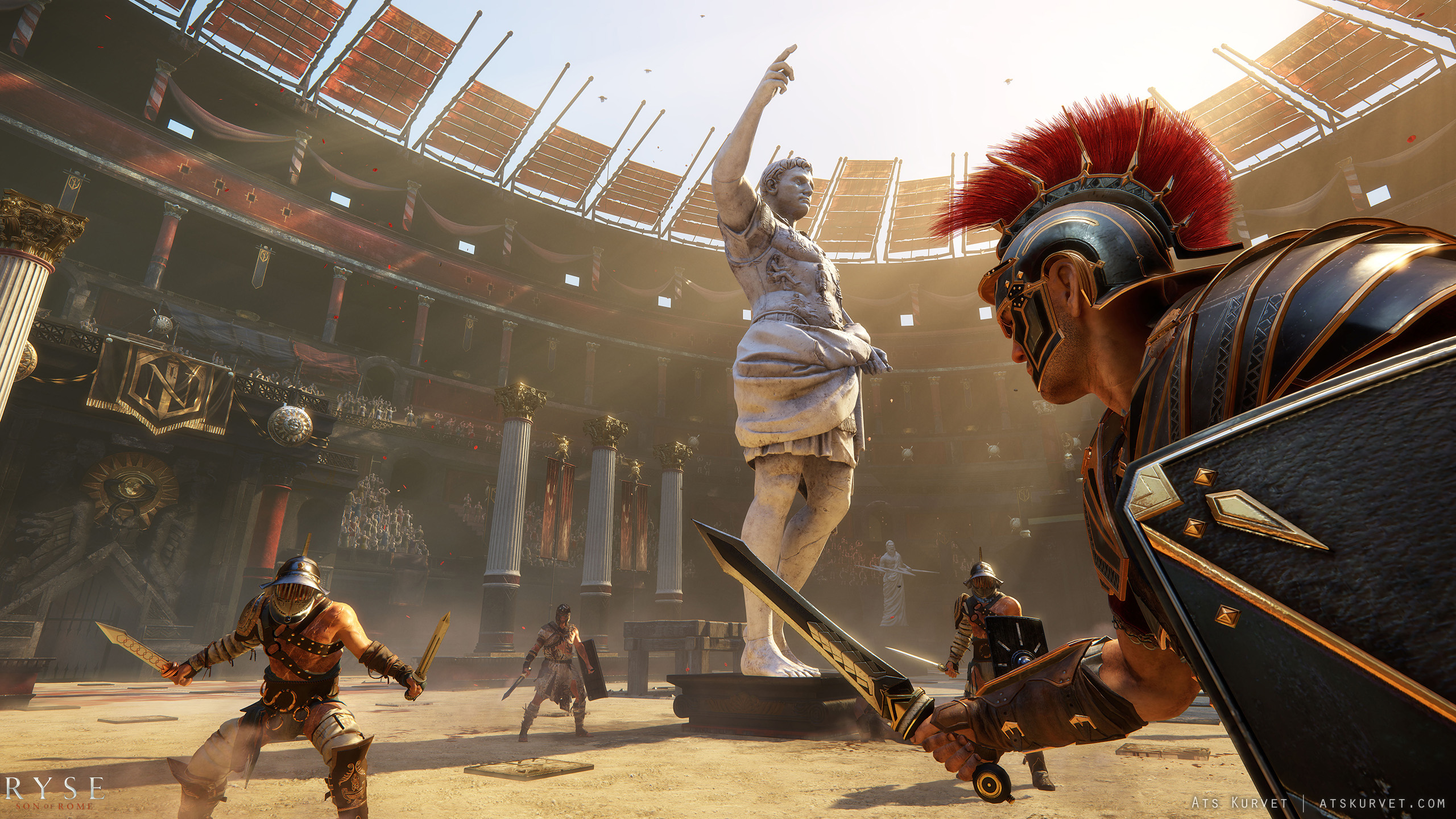
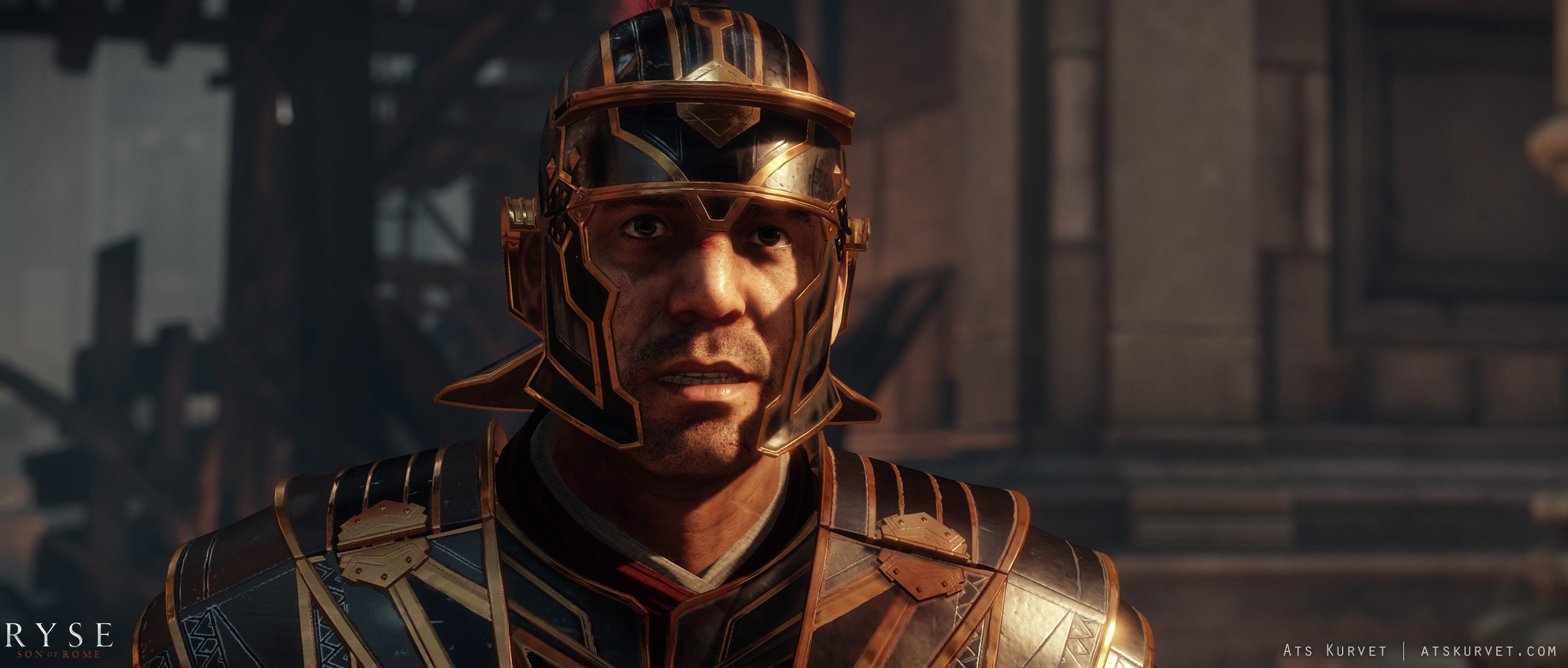
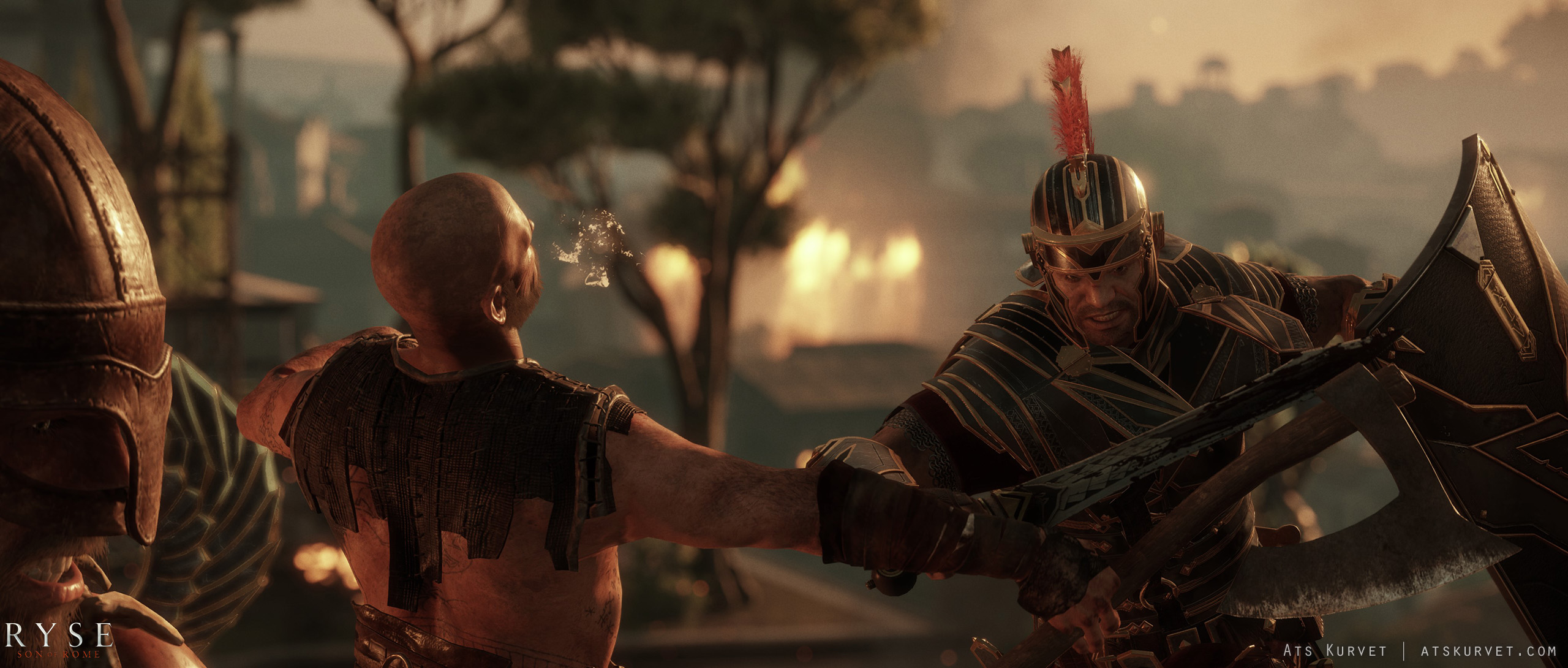
Link to the portfolio: atskurvet.com
Cheers,
Ats
A new guy here.
Though it has been quite a while I thought I'd share my lighting work from Ryse: Son of Rome. I worked on the first and last mission and their cinematics.
Also huge kudos to all the people that made it happen, I know there are quite a few of them around here





Link to the portfolio: atskurvet.com
Cheers,
Ats
Replies
Your lighting is amazing!
Do you have any advice at all on youhr workflow and how you get such great results.
I know the CryEngine is deep for lighting anyway but lighting is so important light rediculously important relating to visual quality and mood and so effective for telling a story which is why I was wondering what a lighting artists workflow is like and what your own personal methods involve?
@coots7 it went up to 4 artists.
@Melonman
I don't know how much fresh information there is but here goes:
Practice.
Iteration and refinement: and then some more.
Lighting has to serve both the story and gameplay so those things should be taken into consideration from the start.
Gather a lot of reference, get your hands on some concept art or if you are up to the task create your own. Figure out the mood and colour palette.I'd say that lighting is a lot like painting so they can be even more interesting to study than photographic source material in some regards.
Pick your key shots: they should be in sync with the gameplay and story beats, work them as far as you can and fill in the gaps in between. Everything doesn't have to be in your face and bling all the time, it will make the times when it is that much more special.
Composition: aid the composition with lighting as much as possible. Also keep lighting in mind when doing the block out for the environment.
One thing I sometimes do is to thumbnail the viewport and see if I can still make out what is going on in the scene.
Values: if the shot reads well in grayscale chances are it will work in colour.
Colour gamut: a limited palette is usually good to work with, colour correction is a useful tool but this is to be considered from environment art side as well when planning out the materials. Also especially with PBR I'd prefer to use lighting to bring interest and details to the final image to adding extra detailing in the material (but then I would say this anyways: lighting artist).
Know your materials: materials and shading are the other half to your light sources so making sure that both of them are set up correctly and work well together. Consider this from the technical standpoint of the engine you use and from actual physics as well.
Work form big to small: define the main light source, direction(ality), tonality same for ambient light. Make sure that the scene is reading well at this stage and you like the how the colours and shapes are working. Add extra contrast/interest where it is needed (key structures for gameplay and storytelling purposes), consider taking it away from areas where it is not needed if it improves readability. Add bounce light if it is needed (CE).
Get feedback: if it is a work project you have people for that if it is a personal project ask a competent friend or come to create places like this. Though you should be your own biggest critic: make sure to at least try to distance yourself a bit from the scene/shot every so often and take a fresh look at things to see if you are still on track and the big picture is moving in the right direction.
Paintovers are very useful. Doing them yourself equally or even more so.
Keep it simple and readable: that goes both for the end shot and setup side as well.
Subtlety: and subtle details add a lot and can really bring a scene together. (But they are the first to go when performance take a hit.)
Consistency: keep things tied together and make the environment, characters and everything else in the scene a whole. PBR is great here as well.
Though you can get away with quite a few cheats (like bending the key light direction to fit your needs ) that the player won't notice, a lot more so when dealing with cinematics or a predefined camera. But do have at least somewhat plausible source/context for your lights as placing random floating lights does not tend to work out. I like to keep my stuff pretty grounded (even to a fault) as chances are it was I that messed up in the first place and using cheats as a fix can get rotten quickly.
Experimenting is fun and useful! So can be starting from scratch when things are not working out with your current setup.
These are things I can come up with at this time.
I have a question regarding GI in the CryEngine, I heard that you use a primary light which has real-time GI. Is it possible to use multiple lights with real-time GI? If not, are CryEngine environments optimized so that the primary light always affects important areas that need to be lit? As someone who is currently working on a UE4 scene that relies almost entirely on indirect lighting from a sunlight, having real-time GI would be a huge benefit. Right now the fun aspect is a bit spoiled by the long waiting times for lighting calculations.
One last thing, how exactly did you become a lighting artist? Did you transitition into it while you were an environment artist or did you actually get hired as one right away?
@Logithx
Take the following with a grain of salt (maybe AtsK can clarified), I think that Ryse doesn't use the real time LPV Global illumination present in the CryEngine but relies mostly on environment probes (Image-base lighting) and ambient lights which i think are manually placed.
I have the same problem on one of my environment I'm currently working on.
The "slab" does not cast shadows because shadow casting is disabled on it for performance reasons. If enough care is taken with shadow settings you could probably get kinda decent shadows even from that kind of geometry arrangement.
I really appreciate that break-down dude
It's such a delicate technique that does need allot of care and attention and it's not often that lighting artist show-off here and more should because it's so important just like logithx said doesn't matter how good your scene is you need good lighting to make it.
Will deffo take all that on board and have fun with when I get around to doing more lighting on environments.